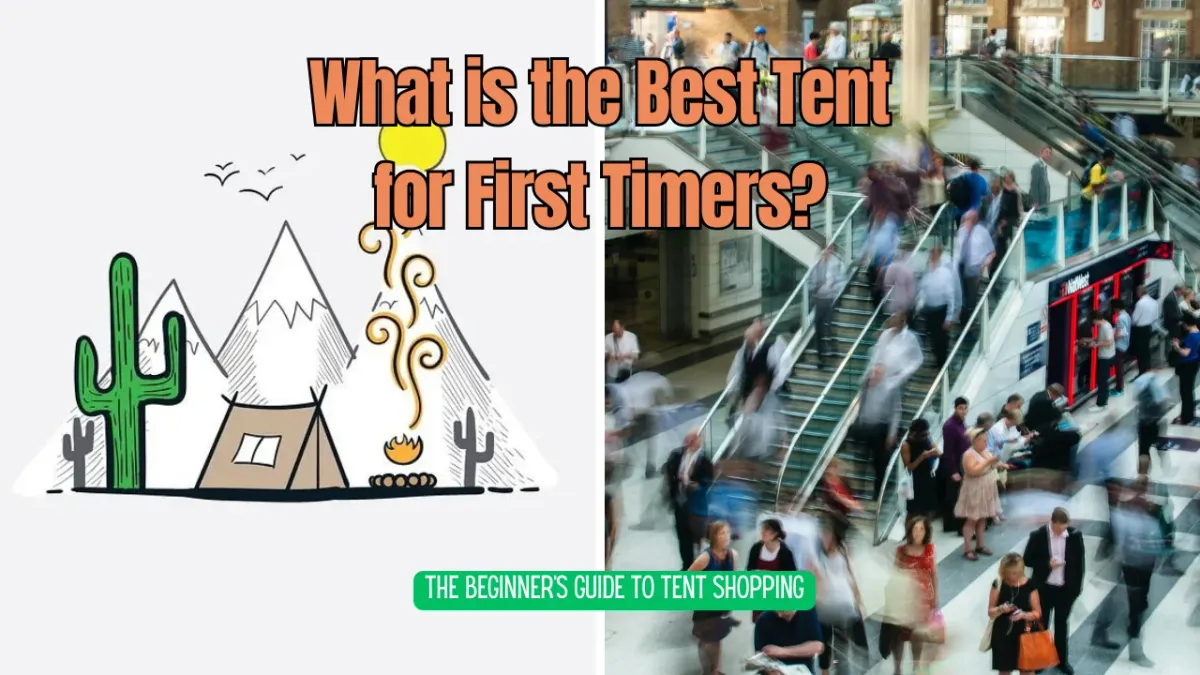Outdoor enthusiasts often ponder, "What is the most popular type of tent?" when planning their next escapade. The answer isn't straightforward, as the popularity of tents varies based on the needs of the camper, the environment, and the type of camping experience one is looking for. In this comprehensive guide, we'll explore the various tents that have gained favor among campers and why they stand out in the great outdoors.
Key Takeaways:
- Dome tents are widely recognized for their versatility and ease of setup, making them a favorite among casual and serious campers alike.
- Cabin tents offer spacious interiors and are ideal for families or groups seeking comfort in their outdoor accommodations.
- Season tents are designed to withstand various weather conditions, with the 3-season tent being a go-to choice for most campers.
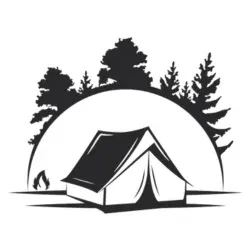
The Reigning Champion: Dome Tents
Dome tents have become synonymous with modern camping. Their geodesic structure provides excellent stability in windy conditions, while the simple design allows for quick and easy setup, which is a boon for campers who want to spend less time pitching their tent and more time enjoying nature. The aerodynamic shape of dome tents also helps to shed rain and snow, ensuring that campers stay dry regardless of the weather.
Moreover, dome tents come in various sizes, from small two-person tents perfect for solo travelers or couples, to larger models that can accommodate entire families. Their flexibility and reliability make dome tents a top choice for both novice and experienced campers, solidifying their status as the most popular type of tent in many camping circles.
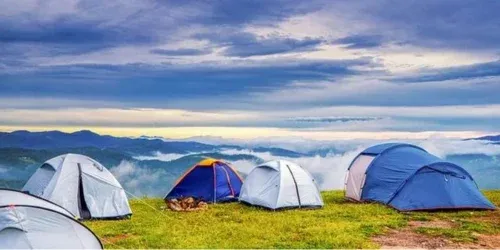
Family-Friendly Retreats: Cabin Tents
When comfort is key, many campers turn to cabin tents. These tents are designed with near-vertical walls, maximizing interior space and allowing campers to move around with ease. This makes them ideal for families or groups who bring along a lot of gear or those who enjoy extended camping trips with a touch of luxury.
Cabin tents often feature room dividers, providing privacy and the feeling of having separate 'rooms' within the tent. Some models even come with built-in awnings or screen rooms, offering additional space to relax away from the elements. For those who prioritize space and comfort in their outdoor lodging, cabin tents are the go-to option.
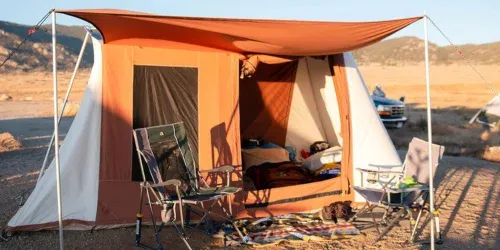
Versatility for Every Season: 3 and 4 Season Tents
Tents are categorized based on the type of weather they can handle. The most versatile and popular among these is the 3-season tent, designed to be lightweight yet sturdy enough to withstand the conditions of spring, summer, and fall. These tents typically feature mesh panels for ventilation and a rainfly for protection against rain and dew.
For more extreme conditions, 4-season tents are engineered to endure harsh winter weather, including snow and high winds. However, their specialized design makes them less common for general camping. The 3-season tent's balance of protection and breathability makes it a favorite for campers who want a reliable shelter that can adapt to various weather scenarios.
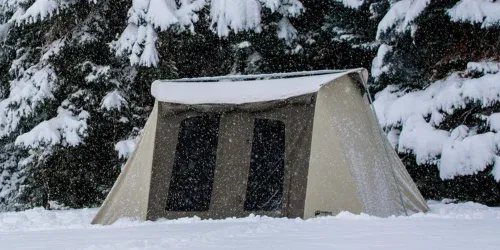
The Backpacker's Choice: Ultralight Tents
Weight is a critical factor for backpackers who carry their gear over long distances. Ultralight tents are designed with the minimalist camper in mind, using lightweight materials and streamlined designs to reduce pack weight. While they may sacrifice some durability and space, the trade-off is a lighter load and increased mobility on the trail.
These tents are particularly popular among thru-hikers and backpackers who count every ounce. The focus on weight savings without compromising too much on comfort or protection from the elements makes ultralight tents a favored choice for adventurers on the move.
The Soloist's Haven: Bivy and Solo Tents
For those who venture into the wilderness alone, bivy sacks and solo tents offer a compact and lightweight shelter option. Bivy sacks are the simplest form of shelter, essentially a waterproof bag designed to fit around a sleeping bag. Solo tents, on the other hand, provide a bit more space and structure while still being designed for one person.
These shelters are ideal for solo hikers, climbers, and mountaineers who need to keep their gear to a minimum. Their popularity among solo adventurers is due to their simplicity, ease of setup, and the ability to set up camp in tight spaces where larger tents wouldn't fit.
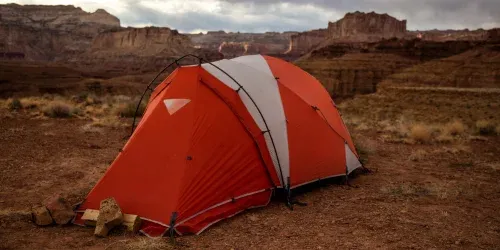
The Rise of Glamping: Luxury Tents
Glamping, or glamorous camping, has introduced a new type of tent to the market: luxury tents. These tents are often large, elaborately designed, and equipped with amenities that provide the comforts of home in an outdoor setting. From bell tents to safari-style tents, these luxurious abodes cater to campers who desire a more refined outdoor experience.
While not the most common choice for traditional camping, luxury tents have carved out a niche in the camping industry, appealing to those who want to enjoy nature without forgoing the creature comforts they're accustomed to.
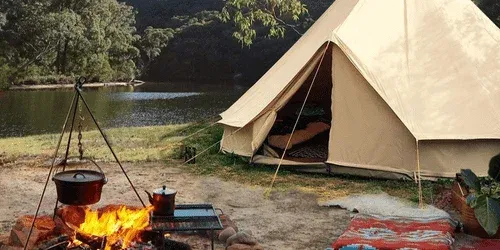
The Environmental Choice: Eco-Friendly Tents
As environmental awareness grows, so does the demand for eco-friendly tents. These tents are made from sustainable materials and designed to have a minimal impact on the environment. They often feature recycled fabrics, non-toxic waterproofing, and ethical manufacturing processes.
Eco-conscious campers are increasingly choosing these tents, not only for their reduced environmental footprint but also for the message they send about preserving the natural world we love to explore.
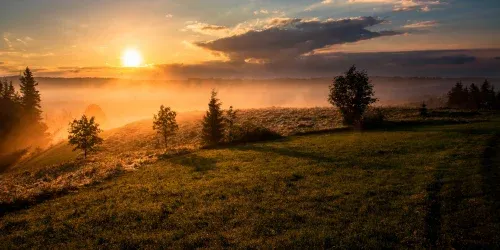
Summary
In the quest to determine the most popular type of tent, it's clear that dome tents take the crown for their all-around performance and versatility. However, cabin tents and season tents also hold significant appeal for those with specific camping preferences. Whether you're a solo backpacker, a family on a weekend getaway, or a glamper seeking luxury in the wild, there's a tent out there that's perfect for your outdoor adventures.
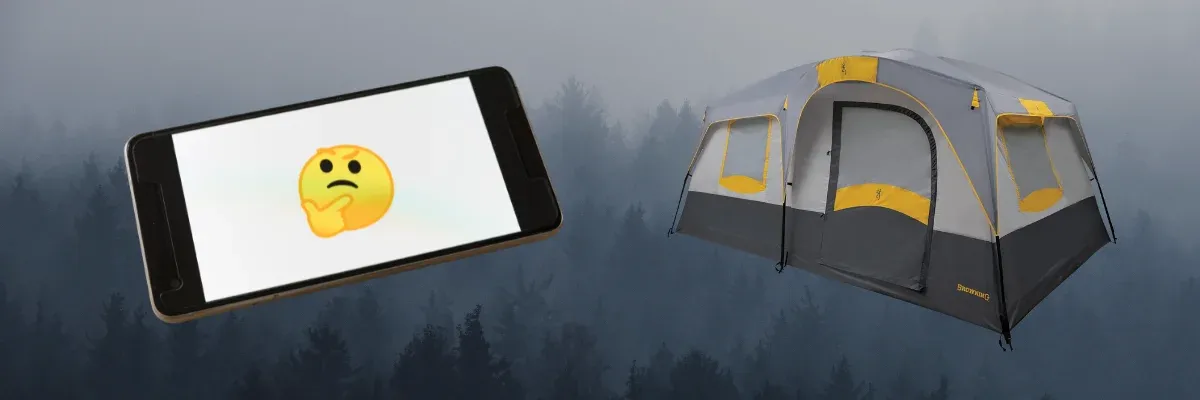
FAQs
What makes dome tents so popular among campers?
Dome tents are favored for their easy setup, stability in windy conditions, and versatile size options. Their aerodynamic shape also helps to efficiently shed rain and snow, making them suitable for various weather conditions.
Are cabin tents suitable for backpacking?
Cabin tents are generally better suited for car camping due to their larger size and heavier weight. They are designed for campers who prioritize space and comfort over portability.
What is a 3-season tent, and why is it popular?
A 3-season tent is designed to be used in spring, summer, and fall. It is popular because it strikes a balance between being lightweight and providing adequate protection from rain, wind, and bugs, making it versatile for most camping situations.
First time camping?
